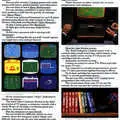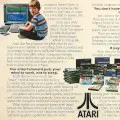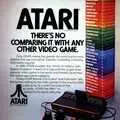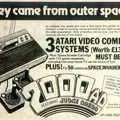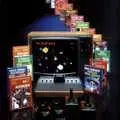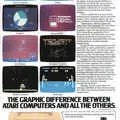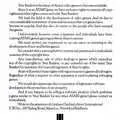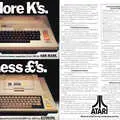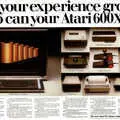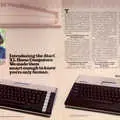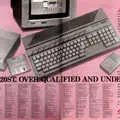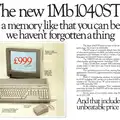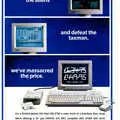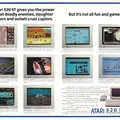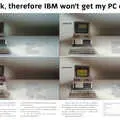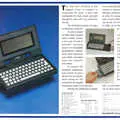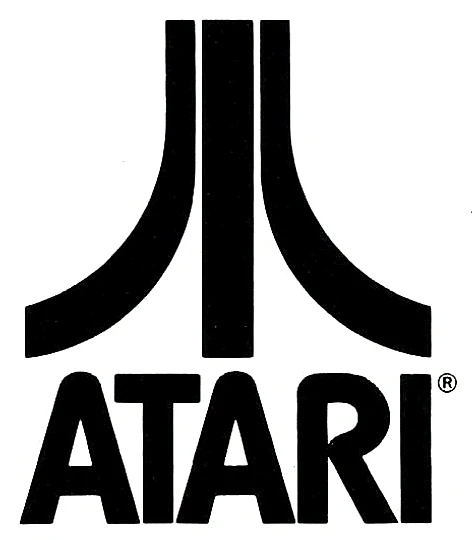
Atari Advert - June 1982
From Sales Brochure
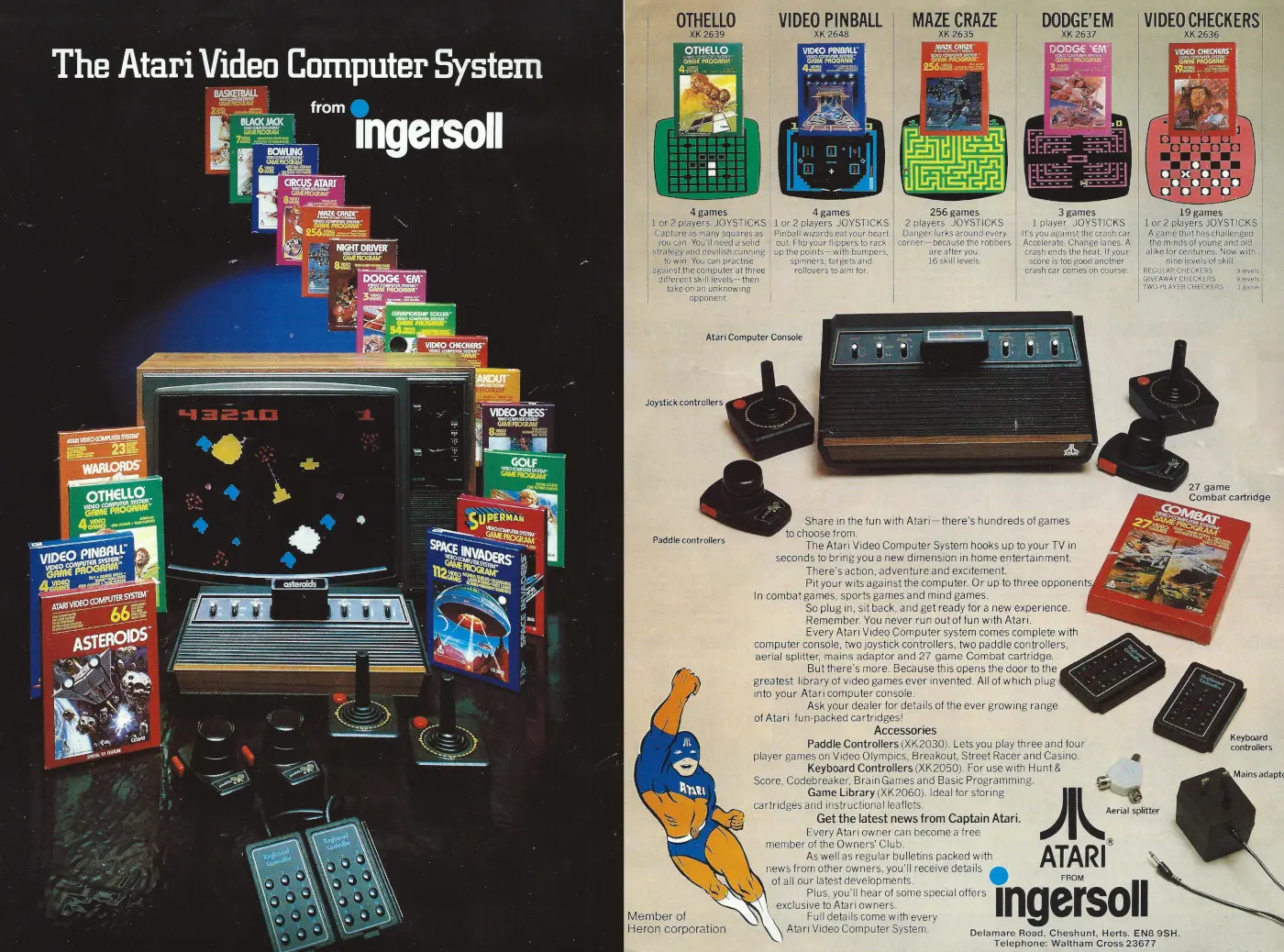
The Atari Video Computer System from Ingersoll
This advert for the Granddaddy of the modern video game - The Atari VCS (Video Computer System), or 2600 - comes in the form of a gate-fold brochure containing a colourful list of 40 or so game cartridges, as well as the cartoon character "Captain Atari".
Subscribers to the Owners' Club could apparently expect to receive "bulletins packed with news".
In this case, the advert is actually from Ingersoll Electronics Ltd, at one time part of Gerald Ronson's Heron Group[1] and one of the two early importers of the 2600 - the other being Cherry Leisure - both of whom were selling the Atari in the UK before Atari itself[2].
Early models of the 2600 sold in the UK even came with Ingersoll-branded power supplies.
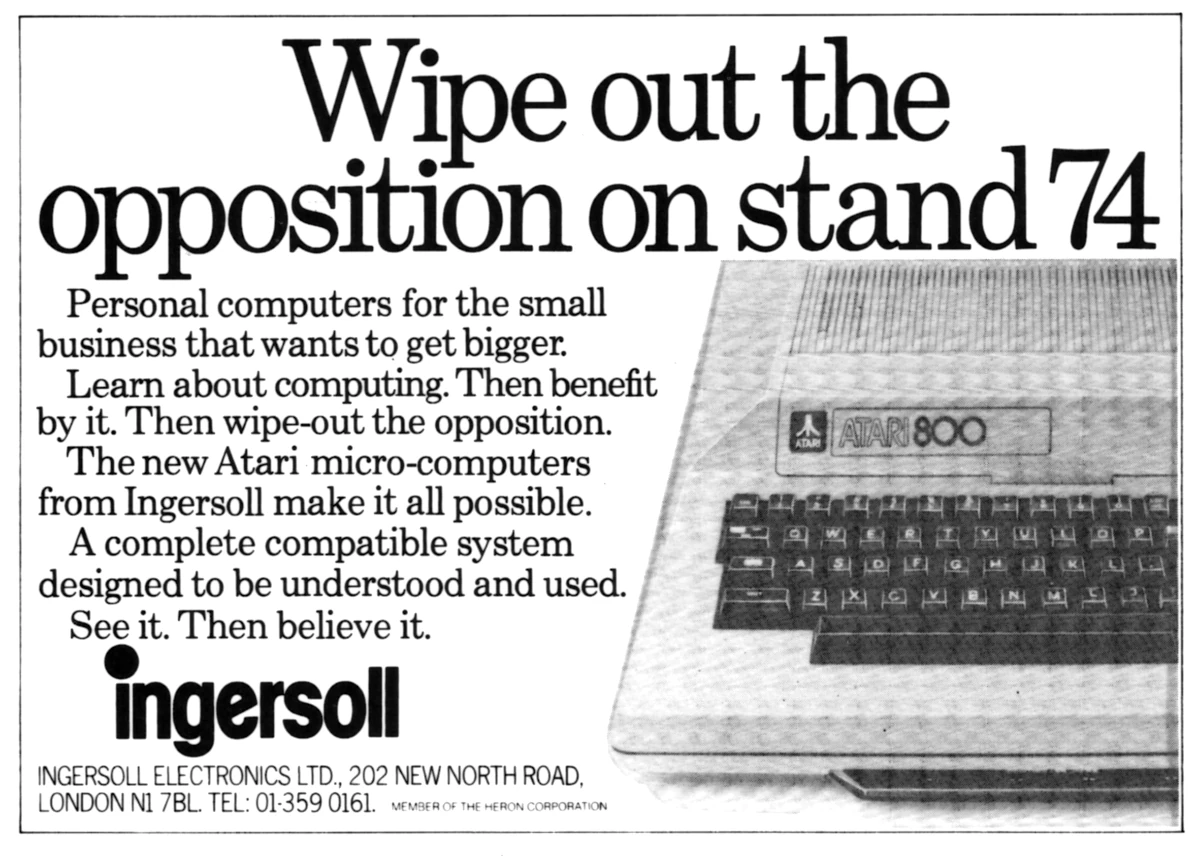
An Ingersoll advert promoting its appearance at the 1981 Microcomputer Show at Wembley Conference Centre, and showing it also selling Atari's 400 and 800 models. From Practical Computing, August 1981
Although in appearance just a games console, the Atari 2600 "Woody" contained a cut-down version of MOS (eventually Commodore's) 6502 processor - the 6507, which had a reduced seven-bit memory bus, making it cheaper to build around.
The bigger 6502 was a fully-fledged CPU used on many microcomputers of the day, from the Commodore PET through the Microtan, to the BBC Micro, Apple I and II, Atari's own later micros and, in enhanced form, the Commodore 64 and the 128.
The 6502 and its arch rival, Zilog's Z80, owned much of the microcomputer CPU market from the mid-1970s onwards, although the 6502 was possibly the more numerous of the two, at least from the KIM-1 of 1976 to the increasing domination of the IBM PC from the mid 1980s[3].
However, the Z80 continued to be produced in its original form for decades and ended up as a popular embedded processor in all sorts of electronics, until it was finally killed off by Zilog in 2024 - an incredible run of some 48 years[4].
That was despite the company - once owned by oil giant Exxon - trying out various improvements like the Z8000, all of which failed in comparison.
The 6502 also lives on as at the end of April 2024, as Western Design Center's W65C816S 16-bit processor[5].
The success of the 6502 was partly due to its low price, which was significantly less than competitiors, at least when it launched (it was $25 compared to the Z80's $60), but also because MOS provided a range of easy-to-use support chips to go with it, like the 6522 VIA[6].
It was also the CPU which influenced the development of Acorn's ARM processor[7], as the 6502 was said to be almost like a reduced instruction set processor, as many of its instructions ran in a single clock cycle.
This meant that even though its original 1MHz clock speed was nominally less than a half of the original 2.5MHz Z80, computers running it were often faster[8] - although sometimes that was caused as much by poor BASIC implementations than anything else.
Like most companies on either side of the 6502/Z80 "religious divide", Atari stuck with the architecture it started out on, and went on to use the 6502 for its later machines, including the Atari 400, 800, and the XL series, until its takeover by former Commodore head Jack Tramiel and the switch to the Motorola 68000 for the Atari ST.
The 2600 also contained a custom video chip - the Television Interface Adapter (or TIA) designed by Jay Miner, who ended up in a company called Hi-Toro, which became Amiga and which was bought by Commodore.
The early computer industry was nothing if not incestuous.
By August 1983 - further proof that it was still selling - the 2600's advertised cost in the UK had come down to £69.99 (£300 in 2025) - a reduction of £20 off the previous price.
This was a bundle offer which included a Pac-Man cartridge - mentioned in this June 1982 advert as a "soon to be released title" - which by itself cost £29.99 (£130 in 2025)[9].
Also by virtue of the fact that its seven-pin joystick socket had become something of a standard on computers like the VIC-20, C64 and Atari's own 400 and 800, it was still possible to get new joysticks compatibile with it even by the end of 1983, such as the Triga Command distributed by Datel Electronics, available for the VCS at £14.49[10] - about £66 in 2025.
Active development of the 2600 continued during 1984, when Atari announced that it was working on its Graduate keyboard which would have upgraded the 2600 in to a full computer.
However, the project was canned, with Atari's marketing director Eric Salamon saying that:
"The Graduate keyboard hasn't been introduced because we couldn't get the quality for the price we would have to charge to make the keyboard worth buying".
As well as the inability to make it cheaply enough, Atari couldn't get a big-enough software base and didn't want to be lumbered with an un-supported small-memory machine[11].
There were further updates in 1986, when Atari introduced a new compact version of the 2600, with a suggested retail price of less than $50, or about £120 in 2025. It considered that there were still "several good years of life" left in the ageing console.
At the same time, it also announced that it had sold an impressive one million video game systems in 1985, and that it was resurrecting plans to introduce the high-end 7800 console, based on its 800 microcomputer.
The 2600 itself wasn't officially discontinued until 1992[12] - an almost unbelieveable stretch of 15 years for a machine with a 1975 processor.
Even after the official termination of the VCS, the 7800, and Atari's other 8-bit computers, sales of remaining 2600 stocks continued in Western Europe until around 1995[13].
Date created: 01 July 2012
Last updated: 16 July 2025
Hint: use left and right cursor keys to navigate between adverts.
Sources
Text and otherwise-uncredited photos © nosher.net 2025. Dollar/GBP conversions, where used, assume $1.50 to £1. "Now" prices are calculated dynamically using average RPI per year.
